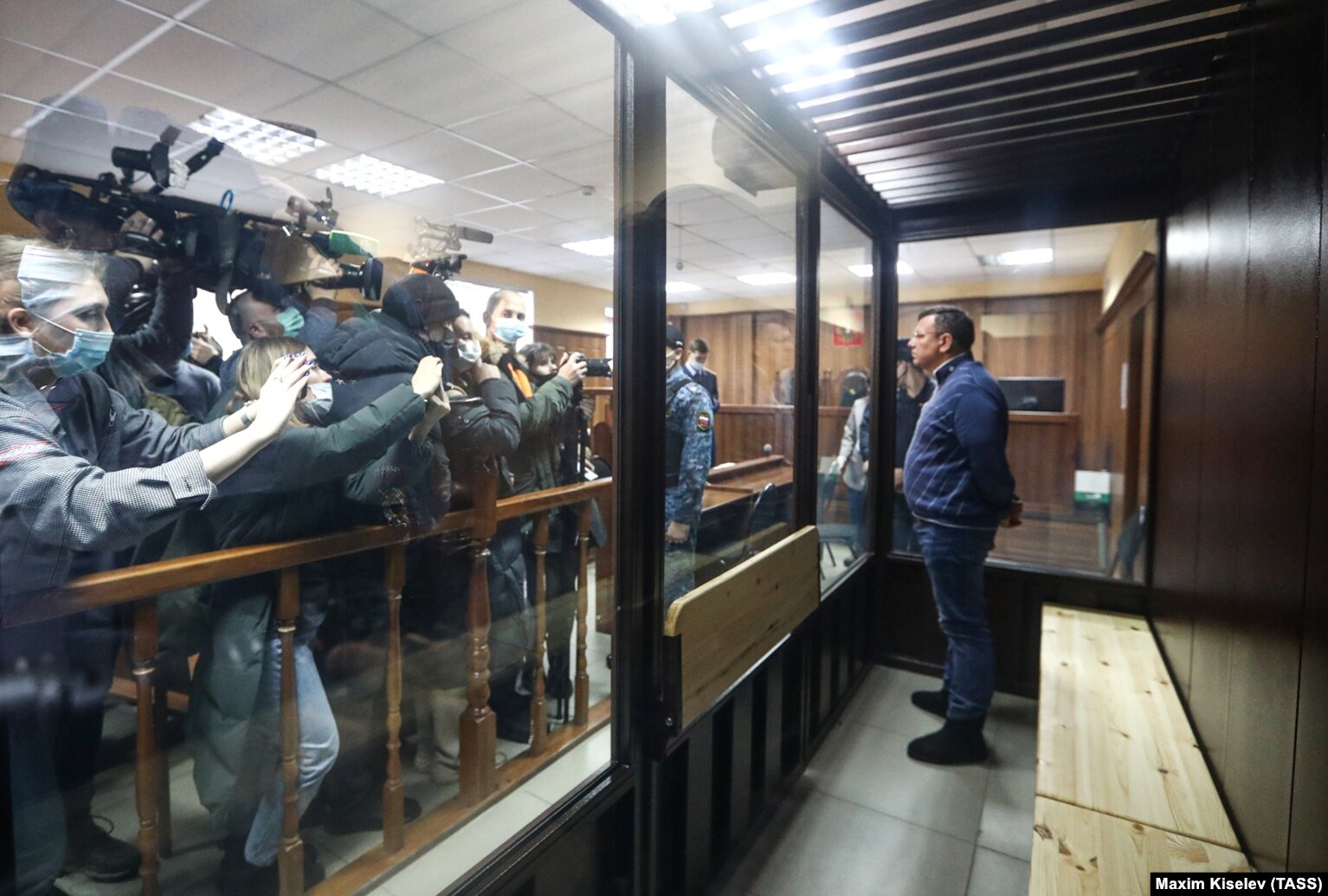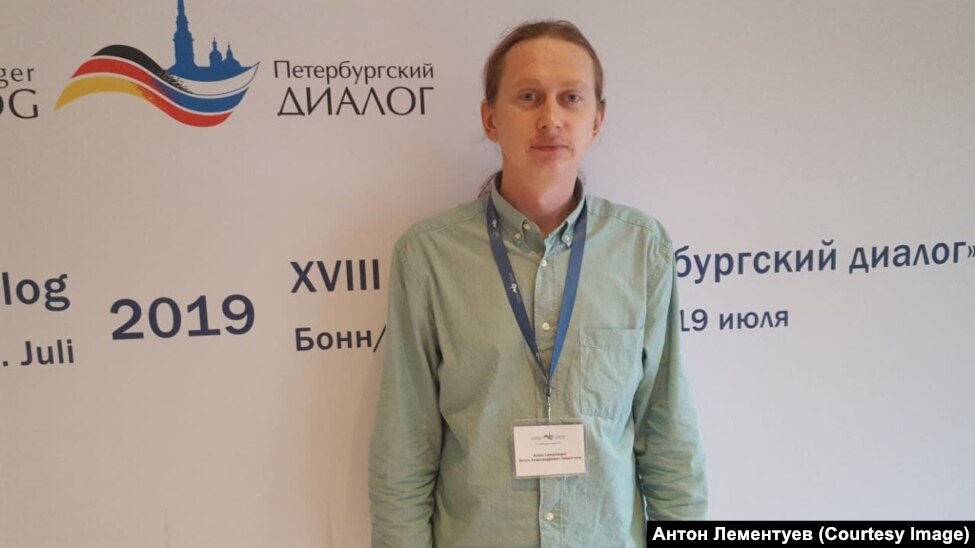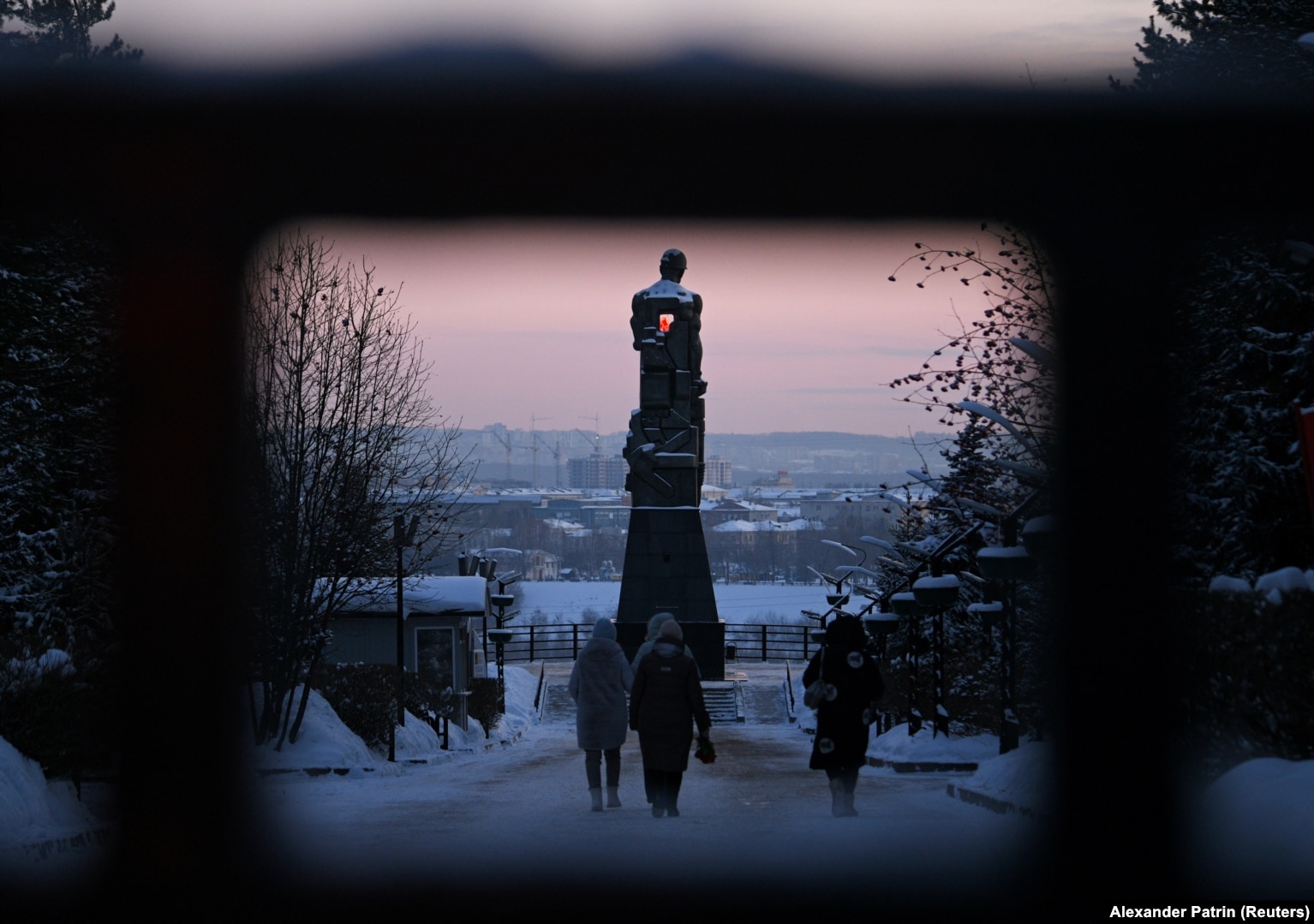
 






.gif)



|
Signature Sponsor


December 3, 2021 - The methane built up silently, first in the ceilings of the Russian coal shaft, then expanding downward, possibly undetected, until an errant spark ignited the cloud, setting off an explosion. Dozens of people -- both miners and rescuers -- were killed. No, this wasn’t the tragedy that hit the Listvyazhnaya mine in Russia’s famed Kuzbass coal basin last week. This was another disaster that struck 11 years ago at another mine, Raspadskaya, about a three-hour drive to the southeast, also in the Kuzbass. In the 11 years spanning two of Russia’s deadliest mining disasters -- at least 51 at Listvyazhnaya, 91 at Raspadskaya -- coal mining has grown significantly in the country. And it’s poised to grow even further. The Russian government has called for increased annual production to reach a minimum of 485 million tons by 2035. That's up from 441 million tons in 2019, the year before the COVID-19 pandemic put a brake on the global economy. Optimistically, the government says, production will hit as much as 668 million tons in that period. A growing number of new operations are on the drawing board for the country’s thawing Arctic regions, meaning both more industry in fragile environments and more coal to be burned, releasing more heat-trapping gases, adding further to the warming global climate. “The problems with safety are the direct result of a decline in production costs: ignoring industry norms, safety norms, in order to get bigger and bigger profits. And accidents in mines result from violations of these norms,” said Vasily Yablokov, director of the climate and energy program for Greenpeace Russia. “At the same time, there’s no doubt that this is the most useful, profitable part of the economy [in the Kuzbass], so no sorts of alternatives to coal are even under consideration,” he told RFE/RL. Coal mining isn’t Russia’s most lucrative sector, but on average it garners higher monthly wages compared with most other industries. That’s doubly true in hardship locations like Yakutia or Krasnoyarsk. In relatively impoverished regions, like the Kuzbass region of Kemerovo, average miner salaries -- 80,000 rubles (about $1,070) per month – are higher than the region’s overall average wage. In 2018, according to the most recent data available, the Kuzbass accounted for 58 percent of all Russian coal production. In 2017, 73 percent of all coal exports came from the region. Over the last 10 years, coal production has increased by up to 30 percent, according to state statistics, and about 58 coal mines are currently in some stage of operation. Nearly half of those have opened over the past two decades. And the biggest coal producers are all privately owned. Over that two-decade period, the country’s worst mining disaster occurred at another Kuzbass mine when 108 miners were killed in a methane explosion at the Ulyanovskaya mine in 2007. Trade unions representing Russian coal miners embrace the increased production but aren’t optimistic that better safety standards will accompany it. The Listvyazhnaya disaster “showed once again that the state has not managed to create effective legal and administrative measures that will guarantee the safety of people [working] underground,” the Independent Union of Miners said in a statement on November 29. The union’s president, Aleksandr Sergeyev, did not respond to e-mails from RFE/RL seeking comment. But in comments to the Moscow tabloid Moskovsky Komsomolets one day after the November 25 explosion, Sergeyev ripped into the mine’s management. “This is utter carelessness,” he was quoted as saying. “This is a systemic problem of people who will do anything for profit.” Law enforcement agencies have detained the director of the mine, owned by a private company, SDS-Coal, along with five other managers. Investigators are also reportedly examining whether inspectors from local safety oversight agencies were negligent in monitoring mine safety regulations. “In Russia, the value of human life and health is insignificant,” Anton Lementuyev, a local environmental activist, told Siberia.Realities, a regional news outlet of RFE/RL's Russian Service. “In the Kuzbass, it simply tends toward zero.” Plunge Into The Stone Age?The government has nominally endorsed calls to shift its economy, and industry, away from coal, something that the United Nations Intergovernmental Panel on Climate Change has urged should be done immediately in order to avoid further warming of the planet. In the run-up to the UN’s COP26 conference in Glasgow last month, the Russian government approved a long-term climate strategy that aims for carbon neutrality by 2060. Russia is the world’s fourth-largest emitter of greenhouse gases, after China, the United States, and India. “Naturally, our country is taking an active and decisive part in international efforts to preserve the climate,” President Vladimir Putin said in a video address to the UN conference. In the meantime, coal production -- and building new railways in eastern Siberia to export the coal -- is still a priority. Russia, which has around 16 percent of the international trade, is not the only country with vested interests -- economic and political -- tied up in its coal industry. In the final years of the Soviet Union, Kuzbass miners became a potent political force, staging strikes that openly challenged the Soviet government under Mikhail Gorbachev. China is the undisputed leader in both coal production and consumption, used in both power generation and steel and metals industries. The United States, which has steadily decreased the number of coal-fired generating plants and moved toward natural gas, continues to grow its coal exports, much of which is destined for China.
Russia is the third-largest global exporter of coal, behind Indonesia and Australia, according to the Paris-based International Energy Agency. Of Russia’s 110 million tons in exports, about 48 million tons are shipped to European countries -- a figure that is likely to rise this year as utilities scramble to move away from soaring natural gas prices and turn to cheaper coal. In an interview with the state news agency RIA Novosti in October, Energy Ministry official Sergei Mochalnikov suggested that Europe’s efforts to use more renewable energy -- wind, solar, hydropower -- was a long way off and that consumers would continue buying Russian coal for years to come. “If we want to periodically plunge into the Stone Age with power and heat outages, then yes, we should focus exclusively on renewable sources,” Mochalnikov said. “And if we want to move forward, then we must have an absolutely balanced...approach that provides consumers with energy regardless of weather anomalies and cataclysms.” “Are Western buyers responsible? Perhaps, but only in 10th place,” Lementuyev, the environmental activist, said. “The main responsibility lies with those who in the Kuzbass created conditions under which miners die in the mine, and those living around the mines suffocate from coal dust and gradually die from various diseases.” “The reality is that coal mining in the Kuzbass…is subsidized by human lives and health,” he said. |
 











|




